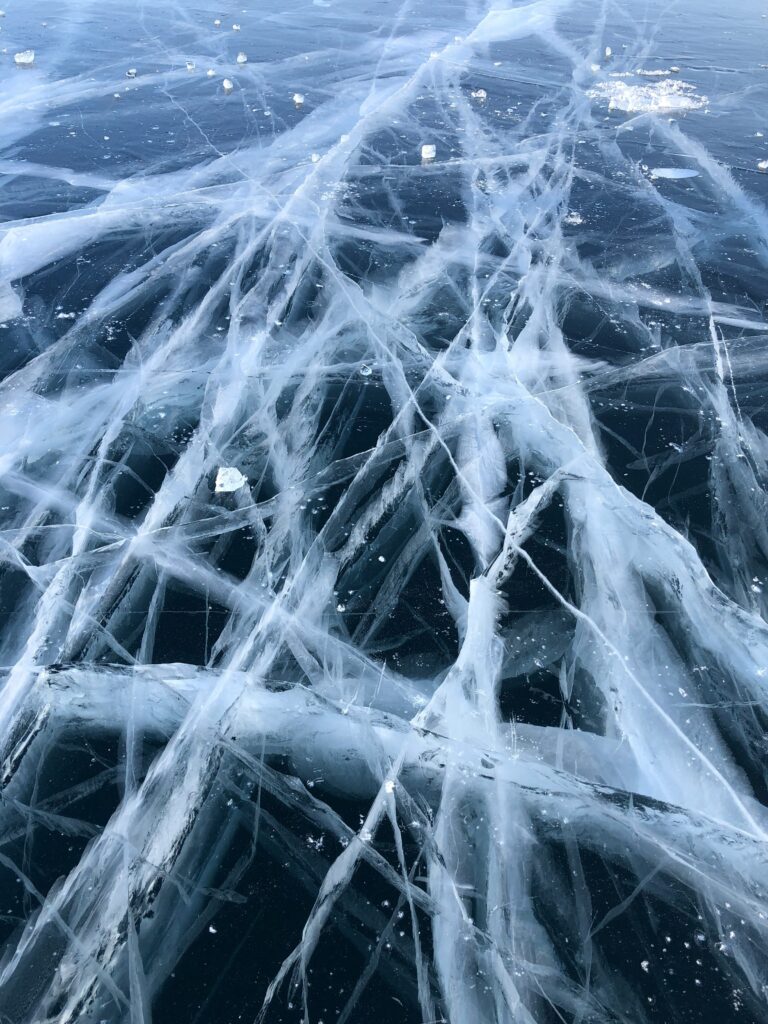Antarctica, the planet’s last great wilderness, is facing growing pressure from human activity. Visitor numbers have surged from fewer than 8,000 annually in the 1990s to over 124,000 in 2023–24, with projections suggesting up to 450,000 by 2034. During the 2024–25 season, more than 118,000 tourists have travelled to the region, with over 80,000 setting foot on the continent. While the International Association of Antarctica Tour Operators (IAATO) enforces guidelines on shore landings and biosecurity, each trip generates roughly 5.44 tonnes of CO₂ per passenger. Researchers warn that the sheer volume of visitors is leaving a lasting human footprint on fragile ecosystems.
Pollution, Snow Melt, and Wildlife Risks
A study in Nature Sustainability found toxic metal concentrations in frequently visited areas are now ten times higher than four decades ago. Tourism disturbs wildlife, damages delicate flora, and increases the risk of invasive species and disease. Black carbon from ships, planes, and generators darkens snow, accelerating melting. Scientists estimate a single tourist can speed the melt of 100 tons of snow, while scientific expeditions can have ten times that impact. Despite measures such as banning heavy fuel oil, hybrid ships, and regulated landings, researchers stress that only a faster shift to renewable energy and reduced fossil fuel use can mitigate the damage and protect Antarctica’s vulnerable environment.


